Principles of Training – Specificity
Different methods of training provide our bodies with a diverse range of stimuli, which in turn cause a wide variety of adaptations. This is why we need to apply the principle of specificity, which ensures that the training we are doing will provide our bodies with the correct stimuli to cause the desired adaptation and bring about the desired change to our performance or aesthetic measures of our physique.
In order to apply specificity, we need to work backwards. By this, I mean we first establish what element of our performance or aesthetic we want to change. In other words, this is your goal, such as lose body fat, increase muscle mass, run a faster 5k or increase your deadlift 1RM. Next, we take this change to performance or aesthetic and identify what adaptation will cause this.
To give some practical examples, let’s take some common goals and walk through the process of devising a training programme to optimise results. Firstly, it’s important to note that nutrition is paramount in any training goal you may have. However, as this article is only about applying specificity to our training programmes, we won’t touch upon that in this article.
If we look at programmes to increase muscle mass (hypertrophy) or optimise fat loss they are actually identical, it’s the nutrition which will differ. This is because in both of these programmes we want to provide as much stimulus to the muscle so that they have the best environment for growth when in a calorie surplus and the best environment to be retained in a deficit, thereby optimising fat loss.
When making a training programme ideal for optimising hypertrophy we need to look at which aspects of training that cause hypertrophy. These include: training close to/muscular failure on a regular basis, ensuring enough volume is completed on each muscle group throughout the week and ideally training each muscle group on 2 separate days per week. When it comes to training close to/at failure, it’s worth noting that this must be achieved by not only training hard but also selecting exercises with a high external stability so that it’s fatigue on the target muscle that is the limiting factor and not something else such as a loss of balance. Without this, we will have to cease the set prior to the muscle being close to failure and thereby not achieving our goal of that set.
Volume has been shown to have a linear relationship with hypertrophy i.e. when looking at it purely through the lens of specificity, the more volume, the better results. However, we need to apply the other principles of training in order to identify the optimal volume for each individual at a given time in their training cycle.
Next, let’s take a look at applying specificity to a popular performance based goal such as running a faster 5k. Now this is very context specific as there’s so many factors that go into improving 5km performance. Therefore, which element of training someone focuses on will differ between individuals, this will be talked about in much greater detail during the next blog on individualisation.
From a general perspective though, we need to identify that about 88-90% aerobic. Therefore, countless HIT sessions are not going to be very beneficial for 5km performance. Instead, we need to train aerobically for the vast majority of sessions. These are going to be made up of long easy runs, typically at an intensity around 60-65% of maximum heart rate. At this intensity, you should be able to hold a conversation quite easily, if you need to walk to achieve this then that is fine. Other types of training will be tempo runs and intervals where you are at the threshold between aerobic and anaerobic performance. This will help your body adapt to getting rid of lactic acid and be able to stay in aerobic respiration at faster paces. Lastly, a small proportion of the sessions will be anaerobic, working on speed endurance, as this accounts for a small part of 5km performance.
Overall, specificity is arguably the most important principle of training because if you get it wrong, your training can be extremely unproductive. The last thing you want to do is put 100% effort into a training programme only to fall massively short of your goals all because your sessions were bringing about ineffective adaptations in relation to your goals. Therefore, it is essential you learn how to apply the principle of specificity prior to writing any training programme.
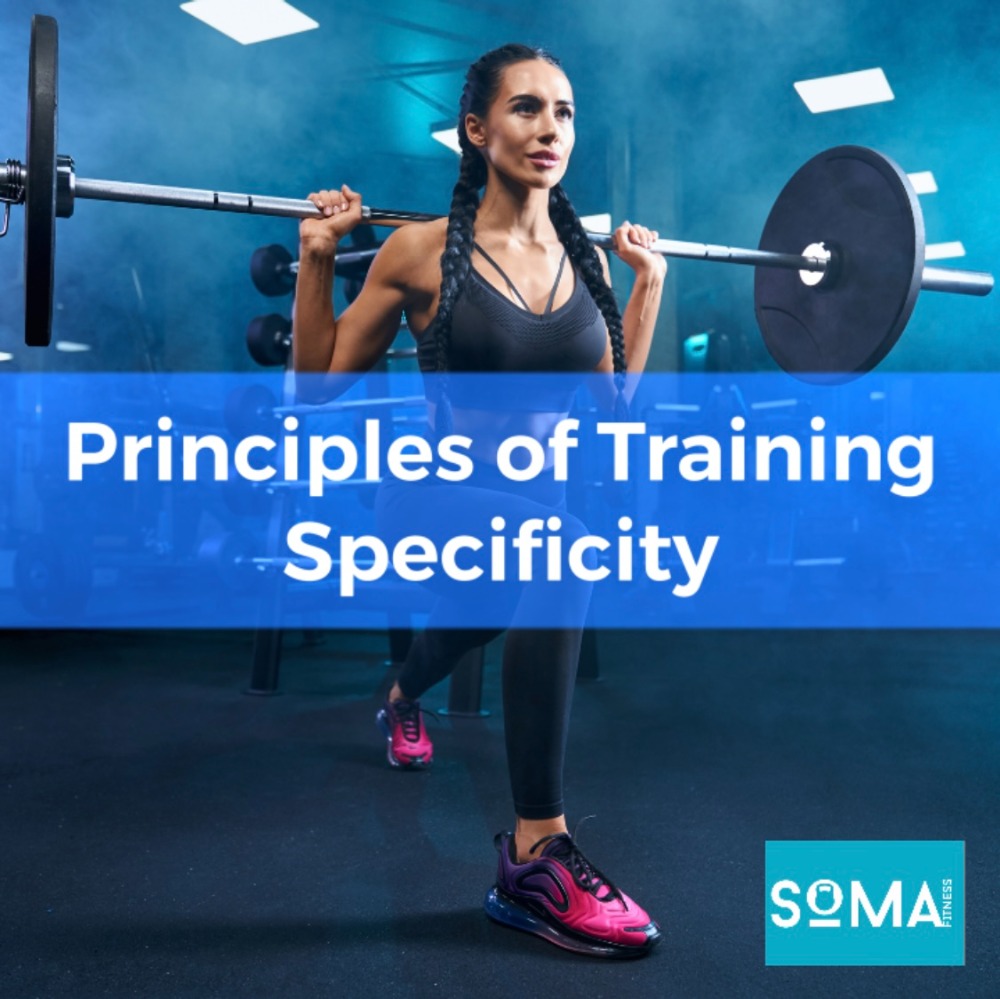


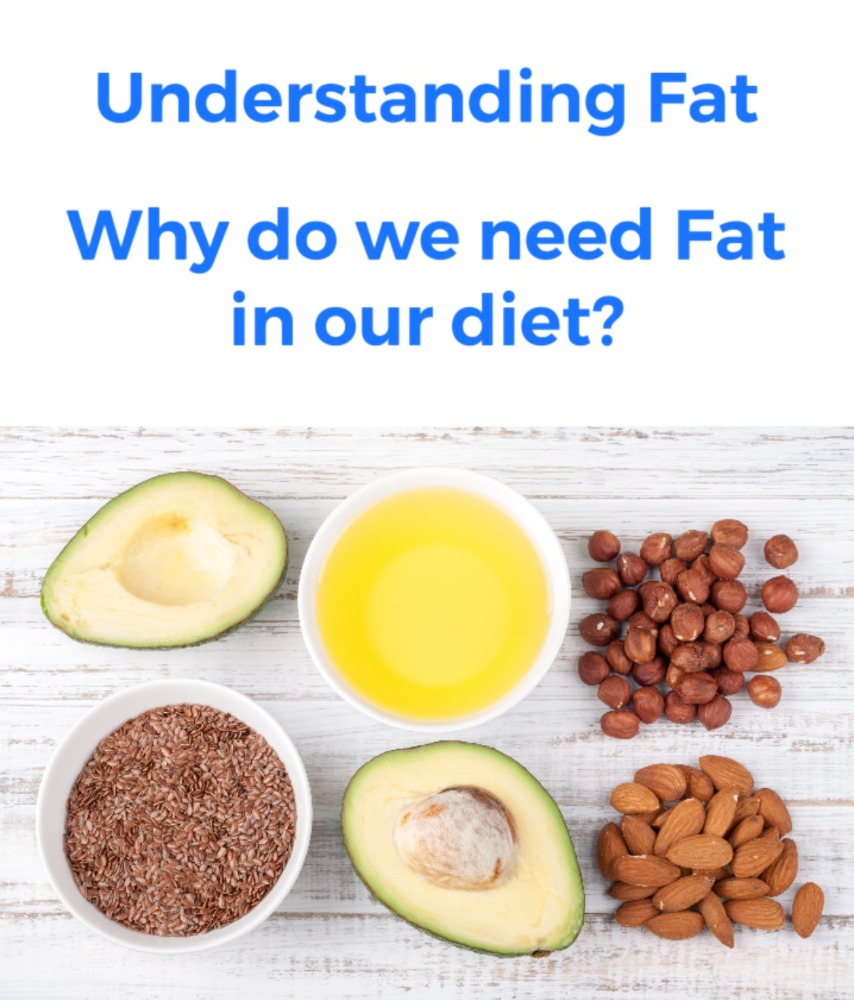
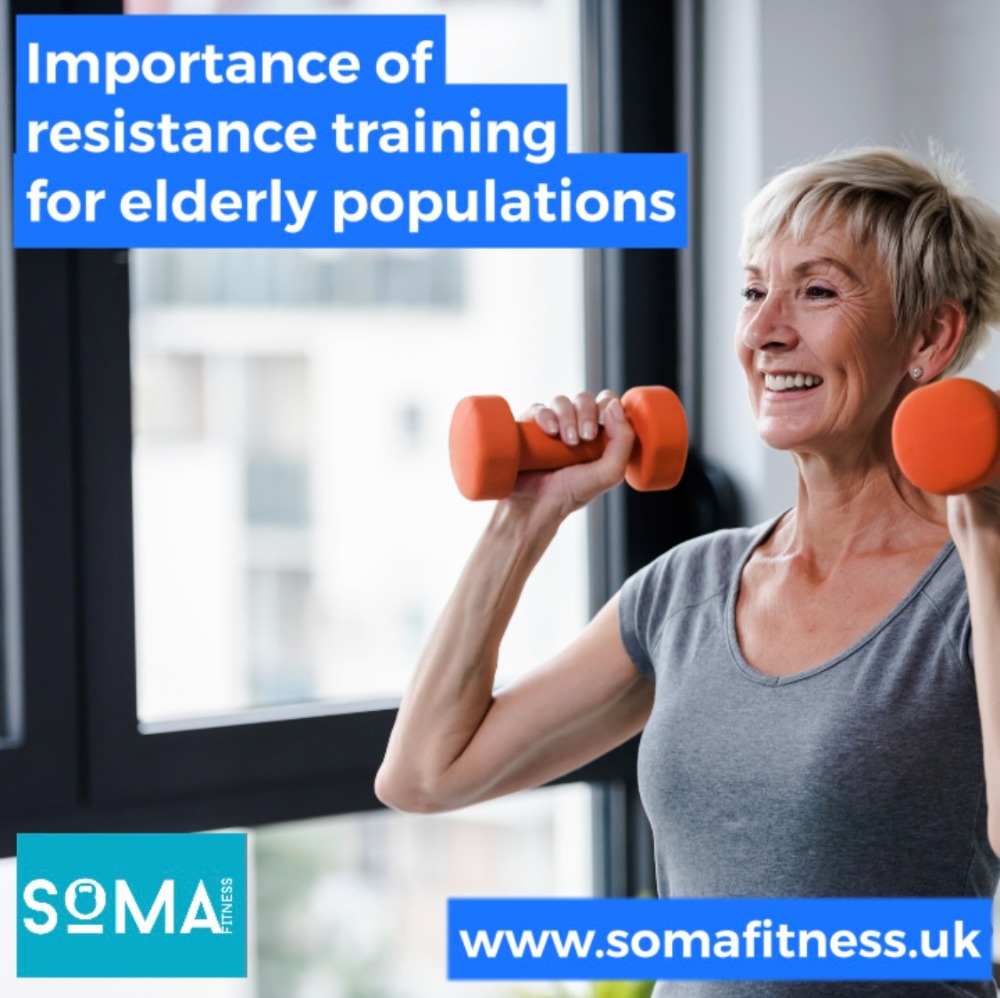
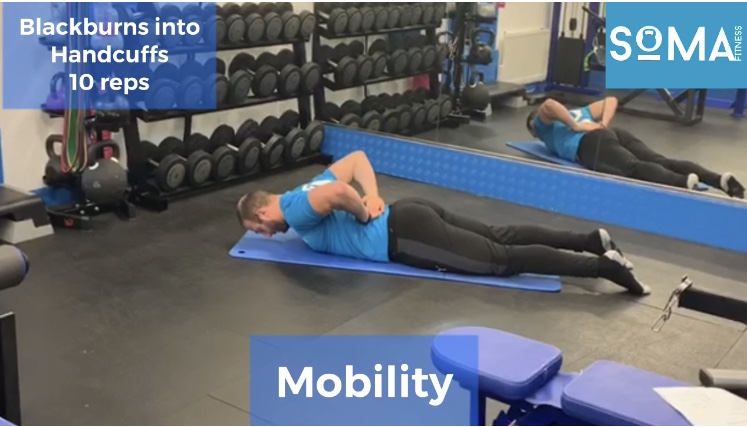
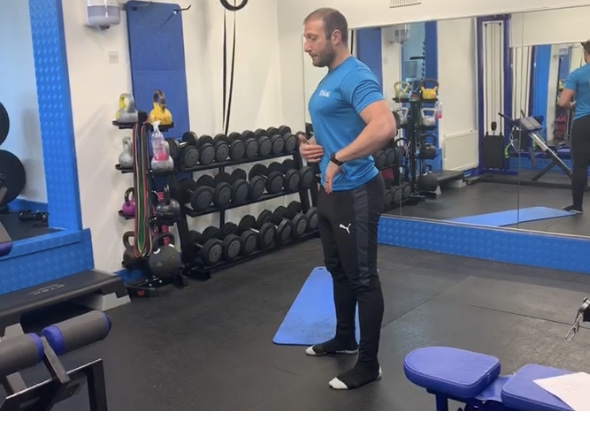

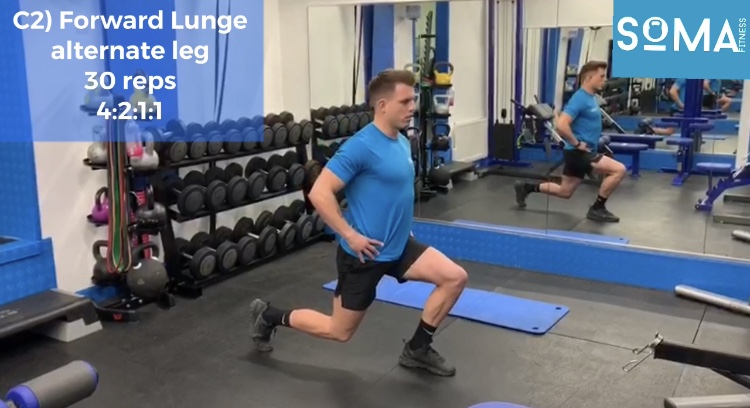
Recent Comments